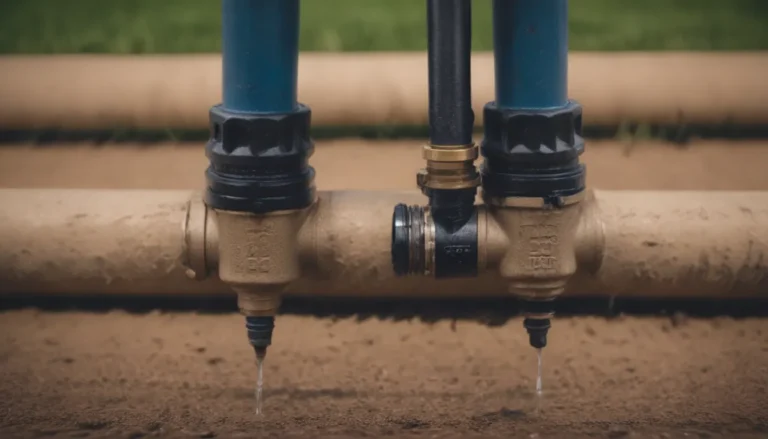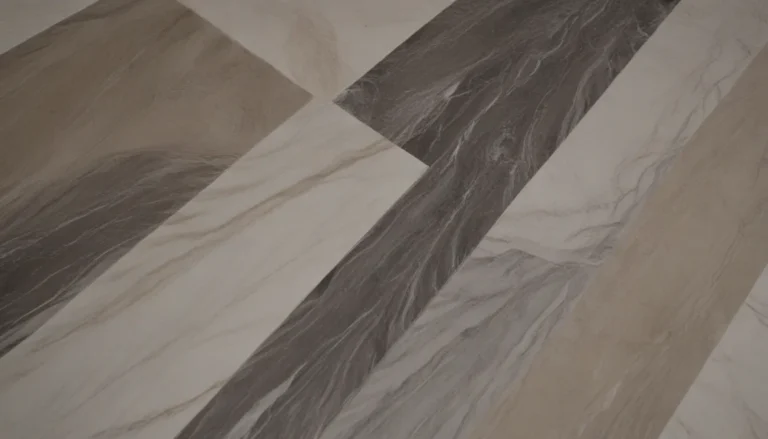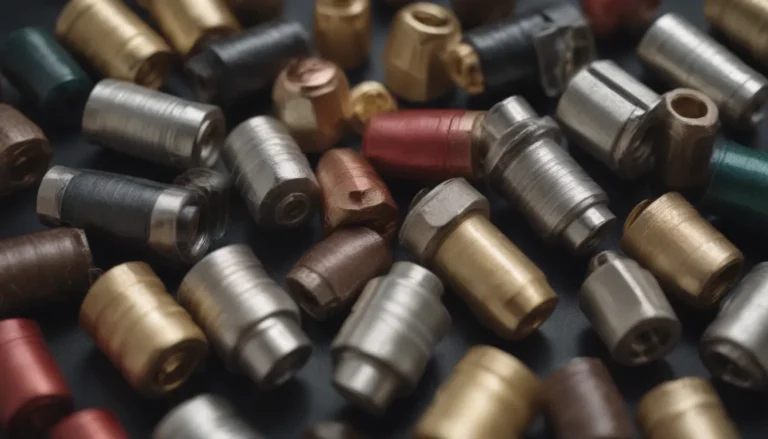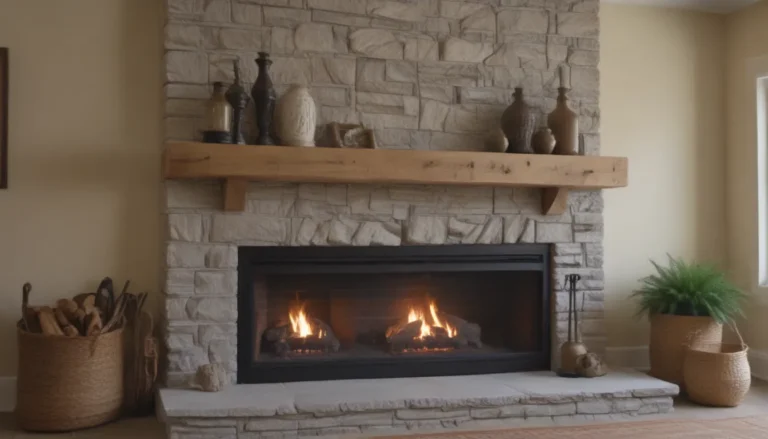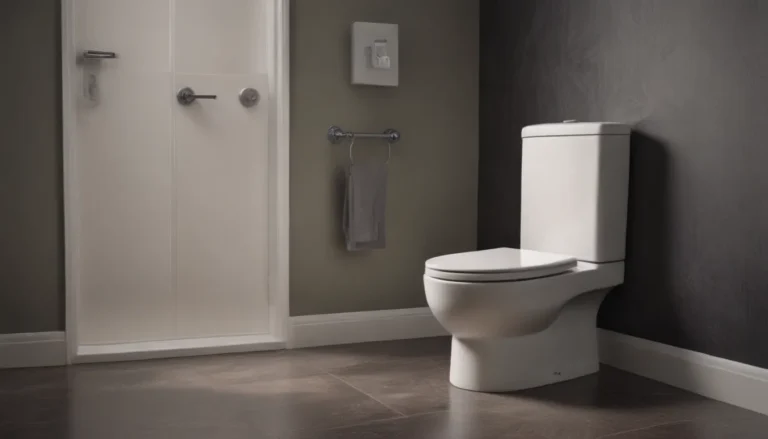The Ultimate Polycrylic vs. Polyurethane Comparison Guide

If you are a DIY enthusiast or an experienced woodworker, you’ve likely come across the dilemma of choosing between Polycrylic and Polyurethane for sealing your wood projects. While these two sealants serve the same purpose, they have some notable differences that can influence your decision. In this comprehensive guide, we will delve into the specifics of Polycrylic vs. Polyurethane to help you make an informed choice for your next woodworking project.
Understanding Polycrylic and Polyurethane
Before we dive into the comparison, let’s clarify what Polycrylic and Polyurethane are:
- Polycrylic:
- Characteristics:
- Light-duty sealant
- Dries quickly with a clear or slightly milky hue
- Low in flammability and volatile organic compounds (VOCs)
- Suitable for:
- Cabinets, trim, and decor
- Characteristics:
- Polyurethane:
- Characteristics:
- Available in water-based or oil-based formulas
- Takes longer to dry compared to Polycrylic
- Higher resistance to water, heat, and physical damage
- Suitable for:
- High-traffic areas like wood floors
- Characteristics:
Now that we have a basic understanding of these sealants, let’s explore the major differences between Polycrylic and Polyurethane.
Polycrylic vs. Polyurethane: Major Differences
While the primary purpose of both sealants is to protect and finish wood projects, there are several key differences to consider:
- Drying Time:
- Polycrylic dries quickly, typically within a few hours, while Polyurethane may take longer to cure.
- Durability:
- Polyurethane offers higher resistance to water, heat, and physical damage compared to Polycrylic.
- Application:
- Polycrylic has a thinner consistency and may require multiple thin coats, while Polyurethane is easier to apply in thicker coats.
- Cost:
- Polycrylic is generally more budget-friendly than Polyurethane.
- Appearance:
- While both can dry clear, Polycrylic tends to have more finish options available.
Appearance Matters
When it comes to the appearance of your wood projects, both Polycrylic and Polyurethane offer various finishes to choose from:
- Polycrylic:
- Available in satin, gloss, high gloss, and matte finishes
- May appear milky white during application but dries clear
- Polyurethane:
- Offers satin, gloss, and high gloss finishes
- Water-based versions dry clear, while oil-based versions may have a slight yellow hue
In terms of appearance, both sealants are comparable, with Polycrylic having a slight edge due to a wider range of finish options available.
Water and Heat Resistance
Protecting your wood projects from moisture and heat is essential. Here’s how Polycrylic and Polyurethane stack up in terms of resistance:
- Polycrylic:
- Water Resistance: Mild to moderate
- Heat Resistance: Limited
- Polyurethane:
- Water Resistance: High, especially in oil-based formulas
- Heat Resistance: Excellent
For projects exposed to high levels of moisture or heat, Polyurethane is the clear winner due to its superior resistance properties.
Care and Cleaning Made Easy
After sealing your wood projects, maintenance and cleaning become crucial. Here’s how Polycrylic and Polyurethane fare in this aspect:
- Polycrylic:
- Easily cleaned with soap and warm water
- Low maintenance
- Polyurethane:
- Water-based versions can be cleaned with soap and warm water
- Oil-based versions require mineral spirits or paint thinner for cleaning
For hassle-free cleaning and maintenance, Polycrylic takes the lead with its simple soap and water cleanup.
Durability and Maintenance
Ensuring the longevity of your wood projects is key. Let’s see how Polycrylic and Polyurethane measure up in terms of durability:
- Polycrylic:
- Provides moderate protection against physical damage
- Acts as a thin barrier to prevent scratches and dents
- Polyurethane:
- Ideal for high-traffic areas and commonly used furniture
- Offers superior protection against wear-and-tear
When it comes to durability, Polyurethane, especially the oil-based variant, surpasses Polycrylic in terms of long-term maintenance.
Application Ease
Applying the sealant smoothly is essential for achieving a professional finish. Here’s how Polycrylic and Polyurethane compare in terms of application:
- Polycrylic:
- Thin consistency that may be challenging for vertical surfaces
- Quick-drying, making it ideal for small projects
- Polyurethane:
- Thicker consistency for easier application
- Recommended for larger woodworking projects
In terms of application, Polyurethane is favored for larger projects, while Polycrylic is ideal for smaller endeavors due to its quick-drying nature.
Cost Considerations
The cost factor can play a crucial role in your decision-making process. Here’s how Polycrylic and Polyurethane compare in terms of affordability:
- Polycrylic:
- Generally more budget-friendly
- Priced around $20 to $30 per quart
- Polyurethane:
- Costs vary based on water-based or oil-based formulas
- Ranges from $20 to $50 per quart
From a cost perspective, Polycrylic holds a slight advantage over Polyurethane, especially in terms of initial investment.
Lifespan and Environmental Impact
Considering both longevity and eco-friendliness is essential when selecting a sealant. Here’s how Polycrylic and Polyurethane stack up in these aspects:
- Lifespan:
- Both sealants typically last about three years before requiring refinishing
- Environmental Impact:
- Polycrylic has lower VOCs and is non-flammable, making it more environmentally friendly
- Polyurethane, especially oil-based variants, are less eco-friendly due to higher VOC content
In terms of lifespan and environmental impact, Polycrylic emerges as the more sustainable choice with lower VOC levels and non-flammability.
Making the Right Choice
After weighing the benefits and drawbacks of Polycrylic vs. Polyurethane, it’s evident that each sealant has its unique strengths. Here’s a summary to help you make an informed decision:
-
Polycrylic:
- Ideal for small woodworking projects
- Suited for indoor use in low-traffic areas
- Budget-friendly and easy to clean
-
Polyurethane:
- Best for high-traffic areas and outdoor projects
- Offers superior durability and protection
- Recommended for long-term maintenance and heavy usage
Choose Polycrylic for a budget-friendly and easy-to-use option, while Polyurethane is the go-to choice for durability, high-traffic areas, and outdoor projects.
Top Brands
When selecting your sealant, consider reputable brands like:
-
Polycrylic:
- A surface water- and stain-resistant option
- Creates a shiny finish
- Available in various sheen levels
-
Polyurethane:
- Higher water resistance compared to Polycrylic
- Offers superior protection against wear-and-tear
- Ideal for high-traffic areas and outdoor projects
In conclusion, the choice between Polycrylic and Polyurethane depends on your specific project requirements. Whether you prioritize affordability, durability, or environmental impact, selecting the right sealant will ensure the longevity and aesthetics of your woodworking projects.

